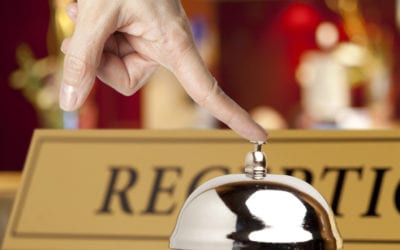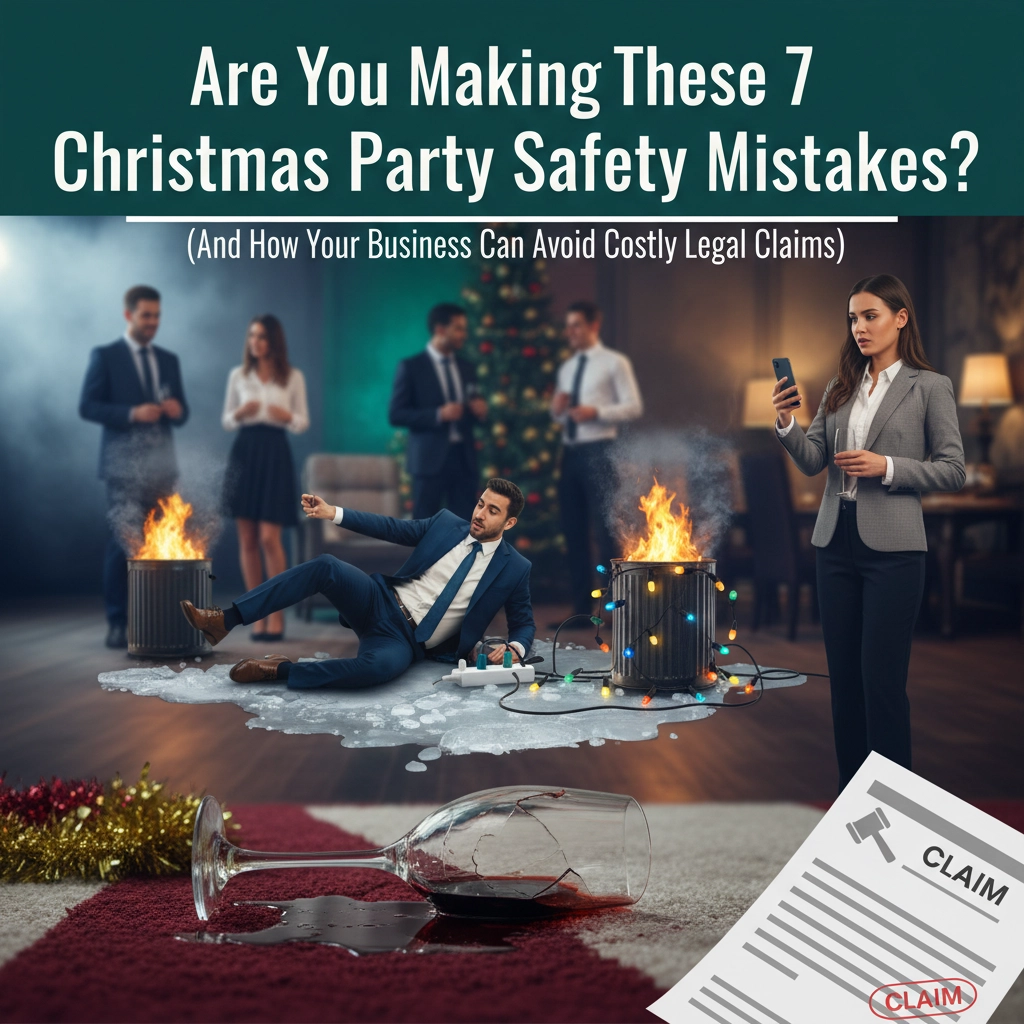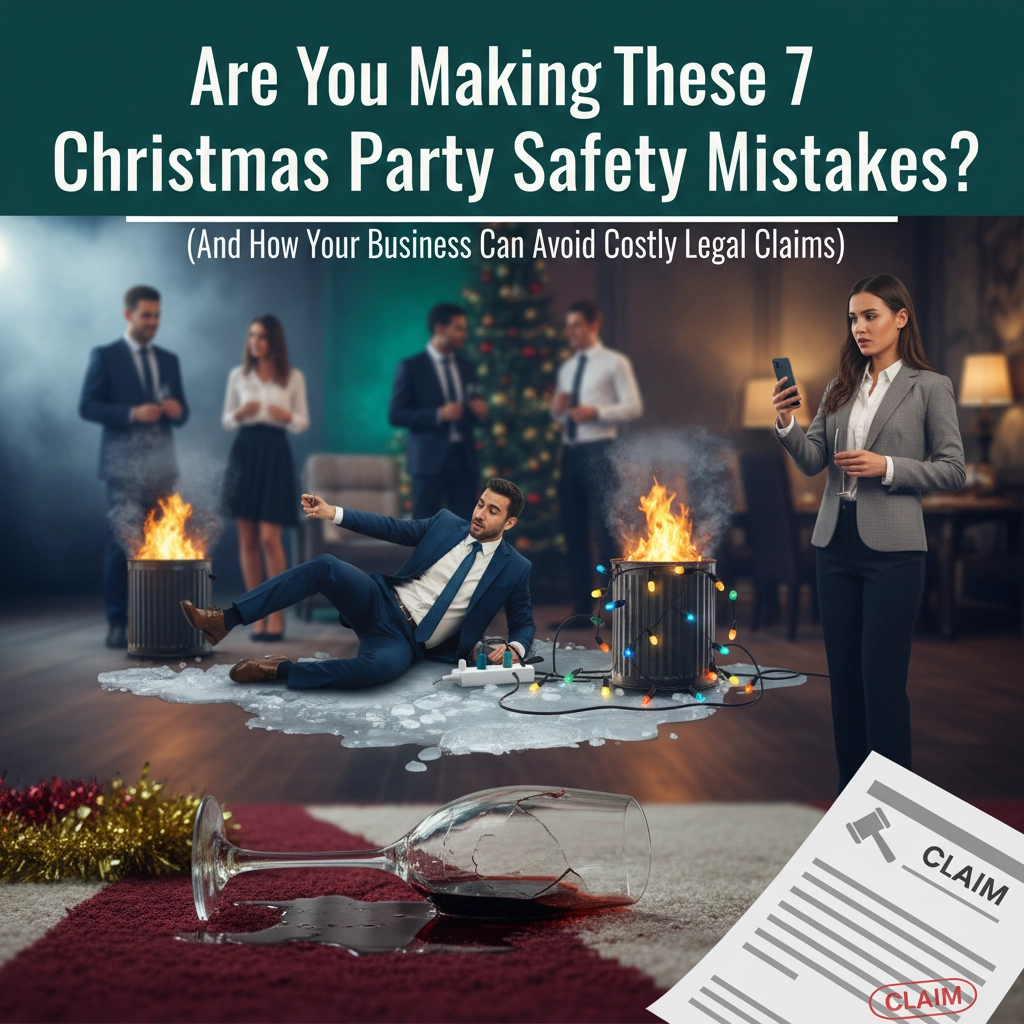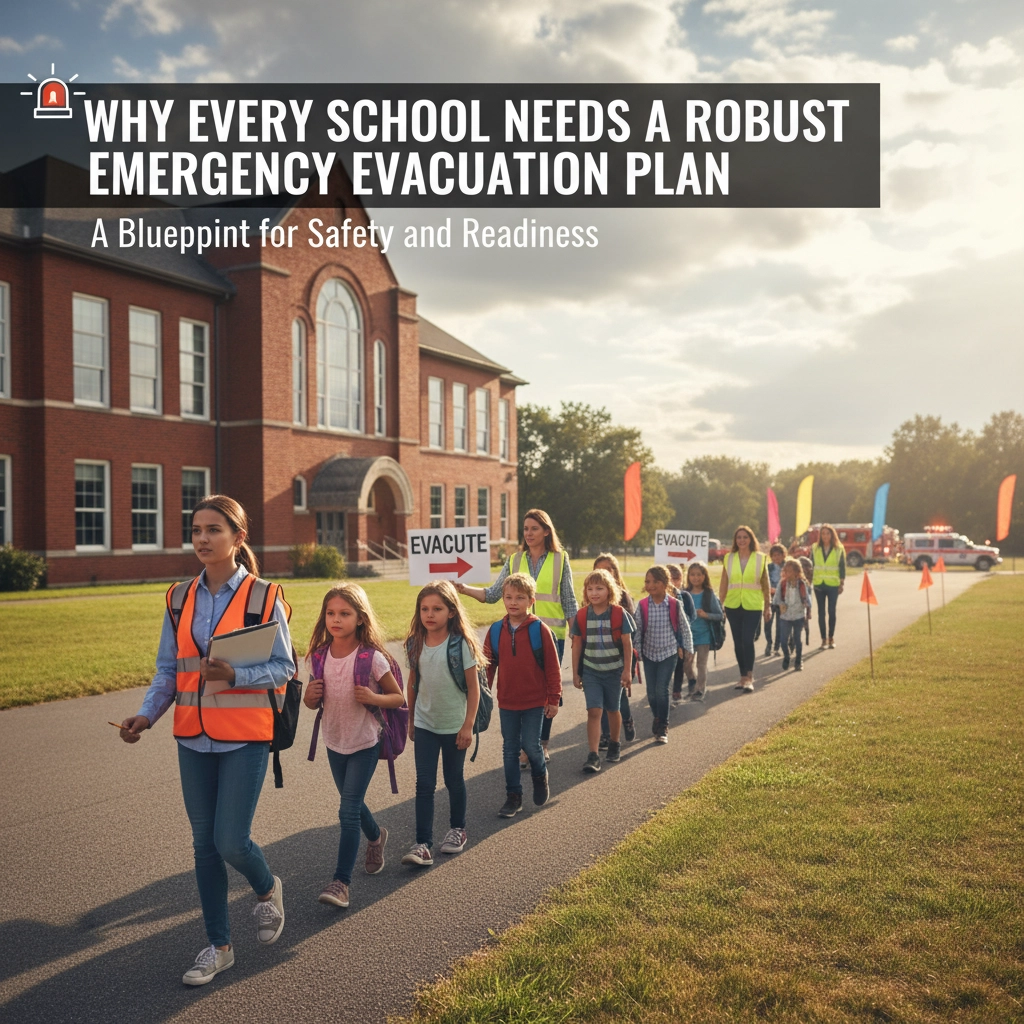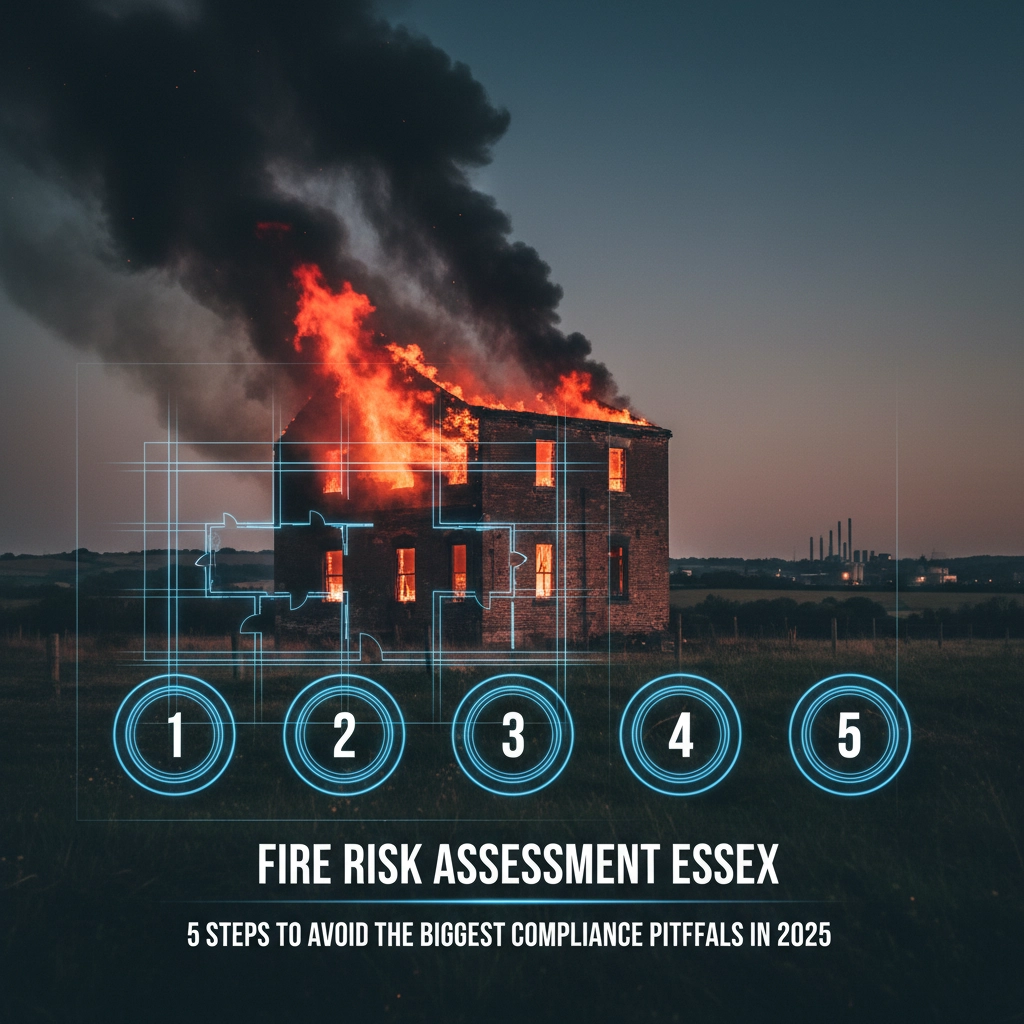Cause for Concern?
Accidents in the hospitality industry are a cause for concern due to the unique challenges the industry faces. The latest accident investigation statistics issued by the HSE show that occupation is the biggest influence on the risk of a workplace injury. The statistics suggest that hospitality workers have lower than average work-related illness, but a higher than average work-related accident rate. So what are the main reasons for the high accident rate and what can you do to control them?
http://www.hse.gov.uk/statistics/
Hospitality Hazards
- Slips, Trips and Falls – There are several reasons why hospitality workers have more slips, trips and falls than other workers. With most hospitality venues serving drinks, the likelihood of spillages is high. Another factor is that regular deliveries increase the chances of trip hazards being present.
- Lifting and Moving Loads – Lifting and handling injuries, including pain in the back, neck, arms and legs can either develop over time, where workers are frequently handling heavy or awkward loads, or they can occur as a result of poor technique or straining during a one-off event, e.g. collecting deliveries, pushing trollies or moving furniture.
- Stress and Fatigue – The hospitality sector is renowned for having a high turnover of staff and a high proportion of minimum wage employees. The high turnover can increase stress levels due to reduced job security. The minimum wage encourages workers to work longer hours and miss breaks, which increases the chance of fatigue setting in.
- Hazardous substances – Hospitality workers could be exposed to cleaning chemicals, cellar gases and fuels such as heating oil or LPG. Many cleaning substances are hazardous because they are corrosive or irritants and can cause skin and eye burns if splashed onto the body. If they are used over a long period of time certain health conditions may develop, such as dermatitis, other skin irritations, asthma and other breathing problems.
- Falls from Height and Falling Objects – The most common equipment to fall from are ladders, vehicles, machinery, platforms, stairs, roof, scaffold and warehouse racking. Being struck by falling objects can cause a wide variety of injuries, from minor cuts and bruises to more serious injuries like concussion, broken bones or even blindness. Items falling from high shelves, moving loads with machinery, and dropping tools are all common causes of these accidents.
Getting Things Under Control
So how can you prevent accidents in the hospitality industry?
Risk Assessments
The stages of carrying out a risk assessment are:
- Identify hazards – what is it about the activities, processes or substances used that could injure anybody on your premises or harm their health?
- Decide who might be harmed and how they might be harmed.
- How serious could an accident be, and how likely is it that it could happen? Decide what is the level of risk with the existing controls in place. If that level is too high, you need to consider how else you can control the hazard in order to reduce the risk to an acceptable level.
- Record your findings and make sure everyone who needs to know is aware of the risk and the controls.
- Decide when to review your risk assessment. Assuming there have been no significant changes in procedures, no accidents and no changes in legislation that affect the risk and its controls, the risk assessment should be reviewed before a specified date.
Hierarchy of Control
If the current risk level is too high, control measures should be introduced that reduce the risk level “so far as is reasonably practicable”, i.e. weighing the risk level against the trouble, time and money needed to lower it. The hierarchy of controls should be used to introduce control measures; if a level in the hierarchy cannot be put in place, then you try the next one down.
- The best way to prevent an accident is to ideally eliminate the risk. For example, working at height could be avoided by removing an item to be repaired from its high location and repairing it from ground level.
- If elimination is not an option, the next best option is a substitution. For example, a highly corrosive cleaning chemical could be replaced with a less corrosive alternative.
- If a substitution is not possible, the next thing to consider is engineering controls. For example, machine guards can be used to separate the hazard from the user.
- If engineering controls do not reduce the risk to an acceptable level, the next option is administrative controls, which are all about identifying and implementing the procedures you need to work safely. For example, job rotation to limit the time each worker is exposed to a hazard.
- If all else fails, the final level of control is personal protective equipment (PPE). If chosen, workers must be trained in the function, use and limitations of each item of PPE.
Training and Supervision
Whatever controls are introduced, it is essential that workers are trained in why the controls have been introduced and how they should be used or carried out. Supervision is another key part of the process, both to keep an eye on inexperienced workers and to watch out for bad habits creeping in with more experienced workers.
You should communicate with your employees when carrying out risk assessments and when planning and organising training. You will need to prioritise training; the priority will depend on factors such as the risk level before and after training and the number of people affected by the risk.
Terra Firma 360 can help you by providing ‘competent assistance’. Get in touch for a friendly chat today- no pressure.

